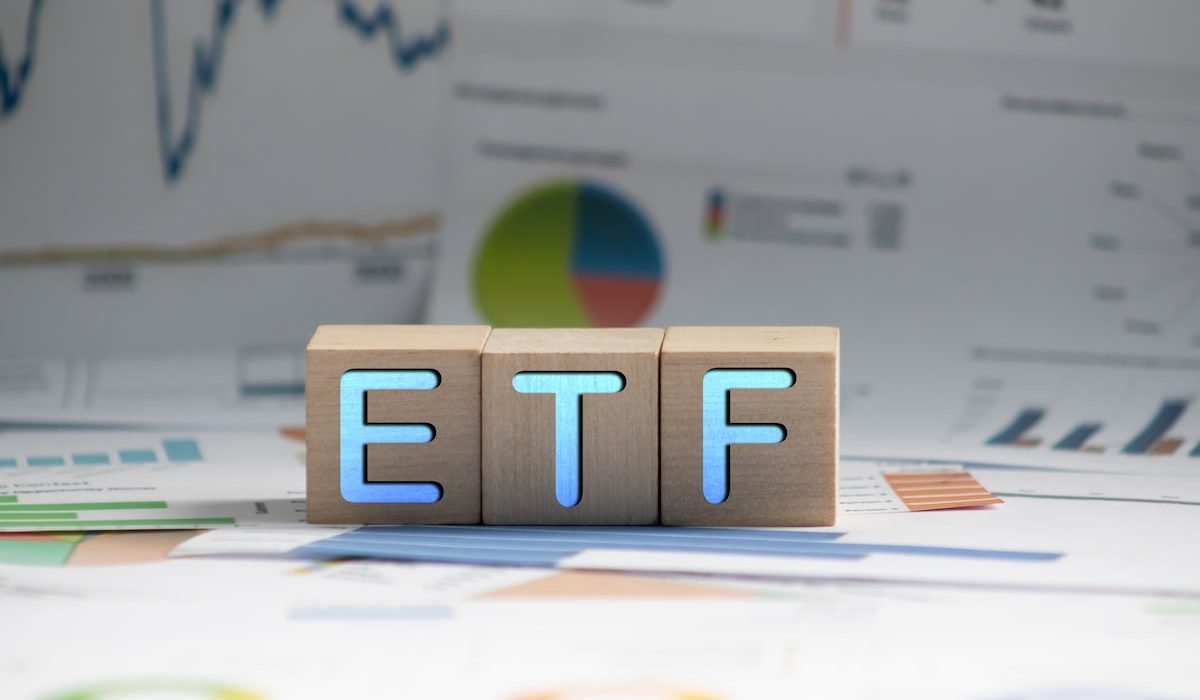It is no surprise that Canadian ETF launches slowed to a halt for the month of December as most issuers concentrated activity in distribution announcements to close out the year.
Based on the Scotia ETF EDGE reports from December 2 to December 29, spanning a four-week period, Canadian ETFs saw an inflow of $3.3 billion, a decline of $2.8 billion from the previous month. The bulk of the inflows came from equity with a substantial $2.1 billion in net creation of the month’s total inflows while fixed income accounted for $1.1 billion and cryptocurrency for $0.1 billion.
Following the Federal Reserve’s most recent announcement holding rates steady, it is anticipated that interest rates will continue to be unchanged at the next FOMC meeting at the end of January. Rate cutting is expected to be on the table for 2024 on a global level. The greater focus on bond buys compared to cash instruments at the end of 2023 seems to indicate that investors believe interest rates may have peaked and expect lower yields (bond prices move inversely to yields).
In December, the BMO S&P 500 Index ETF (ZSP-T) experienced the largest inflows at $0.7 billion, followed by the iShares Core S&P/TSX Capped Comp ETF (XIC-T) at $0.1 billion. While the top spots for net creations remained with ETFs that tracked the S&P 500, bond-based ETFs trailed closely, with BMO Aggregate Bond Index ETF (ZAG-T) and iShares Core Canadian Universe Bond (XBB-T)as the most sought-after choices. In the same period, cash ETFs saw an exit of $0.4 billion, which may indicate that investors are readying themselves to make purchases in the bond or equity space. Among those that experienced major net outflows include BMO Equal Weight Banks Index ETF (ZEB-T) with a loss of 0.9 billion. One can gauge that investors are losing confidence in Canadian banks.
Yearly Review
The S&P 500 ended the year close to a record high, as it rose 24 per cent above the 2022 closing figure. The Santa Claus rally did happen and is still happening, although there was a down day on the last day of the year possibly due to tax loss selling or simple profit taking.
In 2023, Canadian ETFs accumulated for about $39.6 billion in assets. Fixed-income ETFs (including cash ETFs) led the way with $21 billion in investments, followed by equity with $14.3 billion in inflows.
Collectively, Canadian ETF Providers created 116 new products. In 2023, as expected, the bigger providers such as Horizons (17), BMO (12) and RBC (10) launched the bulk of the new ETFs, about a third of them.
In 2023, active ETFs continue to show significant growth, many from large providers looking to offer differentiated strategies such option-based strategies. Several covered call strategies were made available during the year: 22 to be specific. This covered call frenzy even featured bonds instead of equity. In some cases, these new products would promote a yield up to 15 per cent. These ETFs simply hold the stock or bond while also selling call options on them to generate income in the form of option premiums. Bond and equity focused strategies dominated the year with 23 new products each.
***
Here’s a look at ETF terminations in December. There were no launches during the month.
Anthony Ménard, CFA, is vice-president of data management at Inovestor.
At Inovestor, we believe that investors deserve access to the best financial information available. Leveraging our suite of award-winning research technologies, we go above and beyond to put that information at your fingertips. For more information, please visit inovestor.com
Be smart with your money. Get the latest investing insights delivered right to your inbox three times a week, with the Globe Investor newsletter. Sign up today.







